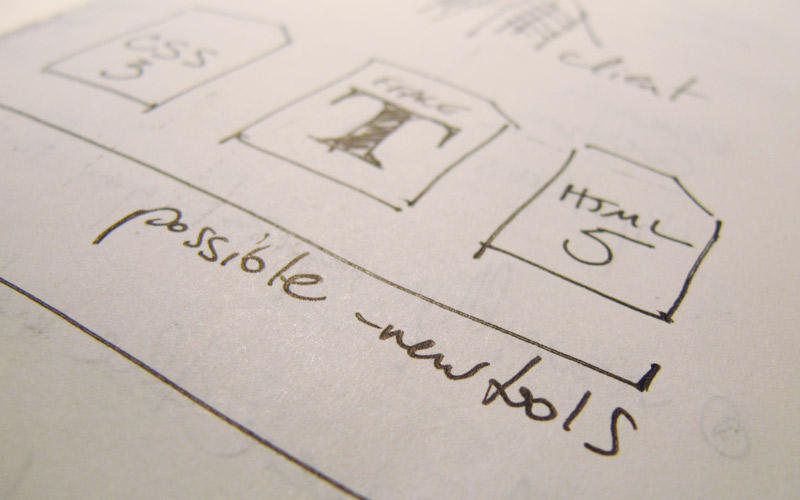Presenting A New Web Aesthetic… in the UK

Presenting my research on the state of web design and what it means for designers and users.
Plans have started shaping up for my trip to attend the 4th Annual Research Student Conference hosted by the Centre for Art, Design, Research & Experimentation at the University of Wolverhampton in West Midlands, UK. And aside from finishing up this semester’s research, a few papers, and critique and grading of my students’ final design projects, I’m focused on sharing some of my research findings on the state of web design and thoughts on its future. This will be my first trip off of the North American continent, which means while in England I’ll finally get to drink tea that’s not imported (my wife and I have adopted PG Tips as our nightly tradition).
Over the past year, my research and design activity has been heavily influenced by my work in electronic media and the process of responsive web design. For the upcoming conference, I will be presenting my findings and will be sharing my thoughts on the future of web design, especially related changes in the processes of designing web experiences. Here’s the abstract for the paper:
Responsive Web Design and A New Web Aesthetic
The proliferation of web-enabled mobile device usage has prompted a design shift from static, pixel-measured sites to modular-driven, flexible architectures that respond to the various screen spaces that contain them. While this application of responsive web design via coding and construction techniques is allowing designers to specifically address the spatial contexts of changing web browser constraints, the techniques employed in doing so are beginning to define a new web aesthetic. In this paper, I examine the use of responsive web design techniques and how the features and limitations of their coding underpinnings have influenced the formal and functional qualities of responsively-driven websites released in the last two years. Through this examination, I present evidence that influenced by the use of these techniques and the devices and users to whom they cater, an aesthetic specific to websites is emerging. To this end, by evaluating this shift from web design as print-related publishing to a medium with its own visual and verbal rules, greater understanding may be gained for the evaluation and development of future sites and adaptive electronic spaces.
Just from sifting through the abstracts for presentations and papers for the conference, I can safely say that it looks to be two full days of engaging with some fascinating and enlightening research and connecting with other design researchers for potential future collaboration… and a beer: that’s a must.
[…] post: Presenting A New Web Aesthetic in the UK | Dennis Cheatham Tags: their-coding, web-sites [+] Share & Bookmark • Twitter • StumbleUpon […]